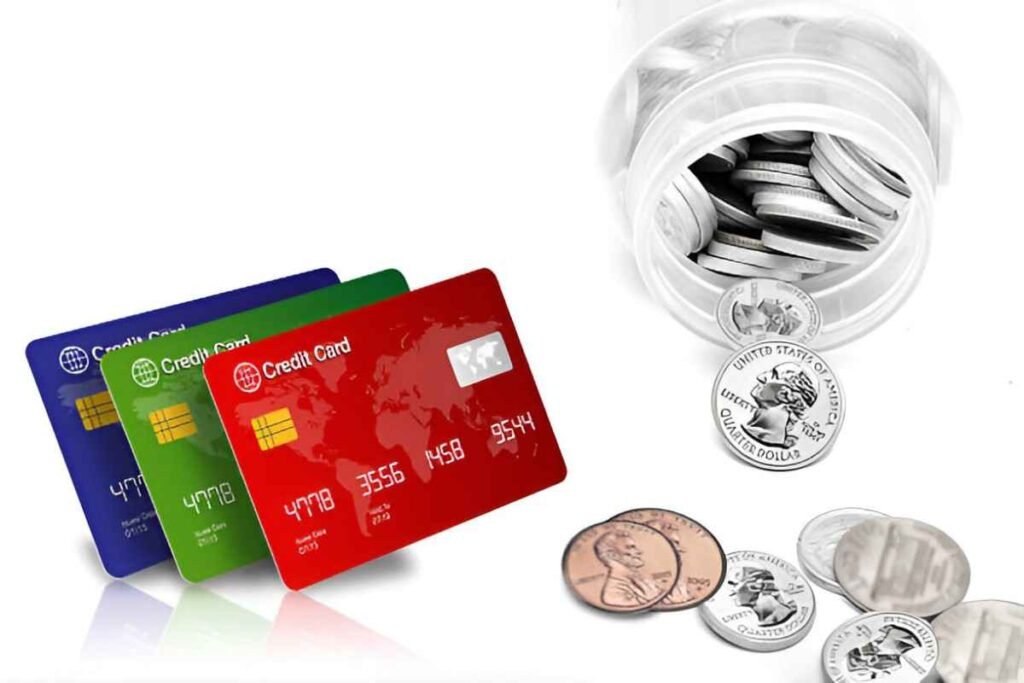When I first started exploring credit cards, one term kept popping up: Annual Percentage Rate, or APR. I noticed that each card I looked at came with an APR listed in fine print, and I quickly realized that understanding this number was essential to using credit wisely. So, let’s take a deep dive into what Annual APR means, how it affects your credit card debt, and how you can make sense of the numbers to avoid costly mistakes.
Table of Contents
What is Annual APR?
APR stands for Annual Percentage Rate, which is the interest rate charged on your outstanding credit card balance, expressed as a yearly rate. Essentially, it’s the cost of borrowing money on a credit card if you don’t pay off your balance in full each month. While APR is often a fixed percentage, it can vary based on the card and your creditworthiness. Credit card companies use APR to calculate how much interest you’ll owe on any unpaid balance, which means that the higher your APR, the more you’ll pay in interest charges.
Types of APR
I found that credit cards can come with several different types of APR, each applying to different transactions. These include:
- Purchase APR – This is the interest rate applied to new purchases if you carry a balance from one month to the next. It’s the most common type of APR and typically varies based on the credit card issuer and the applicant’s credit score.
- Cash Advance APR – If you withdraw cash from an ATM using your credit card, you’ll likely incur a cash advance APR, which is usually higher than the purchase APR. This rate can be much steeper, so I always try to avoid cash advances when possible.
- Balance Transfer APR – When you move a balance from one credit card to another, you might face a balance transfer APR. Some credit cards offer 0% APR for balance transfers for a limited time, but after that period ends, the regular APR applies.
- Penalty APR – This APR kicks in if you miss a payment or make a late payment. It’s often much higher than your regular purchase APR and can remain in effect for several months or longer, so it’s crucial to stay on top of your payments to avoid this penalty.
How Does APR Affect Your Credit Card Payments?
APR determines how much interest you’ll pay if you don’t pay off your balance in full. Let’s say you have a credit card with a 20% APR, and you carry a balance of $1,000 for a month. If you don’t make any payments during that month, you’ll owe $1,200 by the end of the month—$1,000 plus $200 in interest charges.
To see this more clearly, let me show you how APR works with a simple example:
Example 1: Purchase APR Calculation
- Credit card balance: $1,000
- APR: 20%
- \text{Monthly interest rate} = \frac{20\%}{12} = 1.67\%
To calculate the interest:
Interest = $1,000 x 1.67% = $16.70
So, after one month, you would owe $1,016.70.
It doesn’t sound like much in the first month, but if you continue to carry that balance, the interest can add up quickly. If you don’t pay the balance off in full, you’ll be charged more interest the next month based on the new, higher balance.
Example 2: How Interest Compounds
Here’s where things get trickier: Interest on credit cards often compounds. This means that you’re charged interest not only on your original balance but also on any interest that’s been added to that balance. Let’s continue with the example above.
- Credit card balance after month 1: $1,016.70
- Monthly interest: 1.67%
To calculate the new interest:
Interest = $1,016.70 x 1.67% = $17.00
So, by the second month, you owe $1,033.70.
Over time, this compounding effect can make your credit card balance grow quickly. This is why it’s so important to pay off your balance as soon as possible to avoid paying more in interest than you originally spent.
APR vs. Interest Rate: Are They the Same?
Sometimes people confuse the terms APR and interest rate, but they’re not exactly the same. The interest rate is simply the percentage that the credit card company charges you for borrowing money. APR, on the other hand, includes not only the interest rate but also any additional fees or charges that apply to the card.
For example, a credit card might have a low interest rate of 10%, but if it comes with an annual fee of $100, the APR could be much higher, reflecting that fee.
How to Calculate the True Cost of a Credit Card
Now that you know the basic concept of APR, let’s talk about how to calculate the true cost of carrying a balance on a credit card. To do this, we need to consider both the interest and any fees.
Example 3: True Cost of Credit Card Debt
Let’s say you have the following details for your credit card:
- Balance: $2,000
- APR: 18%
- Monthly fee: $5
To calculate your monthly interest:
- \text{Monthly interest rate} = \frac{18\%}{12} = 1.5\%
- Interest charged on $2,000 = $2,000 x 1.5% = $30
Now, let’s add the monthly fee:
- Total charges = $30 (interest) + $5 (fee) = $35
So, if you don’t make any payments, your balance would grow by $35 every month.
Comparison: APR on Different Cards
To give you a better sense of how APR can vary from one credit card to another, here’s a comparison table. Let’s assume these are all cards with a $1,000 balance, and we’re comparing their monthly interest charges at different APRs.
| Credit Card | APR | Monthly Interest | Total After 1 Month |
|---|---|---|---|
| Card A | 15% | $12.50 | $1,012.50 |
| Card B | 20% | $16.67 | $1,016.67 |
| Card C | 25% | $20.83 | $1,020.83 |
As you can see, even a small difference in APR can result in a noticeable difference in interest charges. If you have the option to choose between credit cards with different APRs, it’s definitely worth considering which one will cost you less in interest over time.
Can I Lower My APR?
Yes, it is possible to lower your APR, but it typically requires some effort. Here are a few strategies I’ve used to lower my APR:
- Negotiate with Your Credit Card Issuer – If you’ve been a good customer and have made payments on time, you may be able to call your card issuer and ask for a lower APR. It’s not guaranteed, but it’s always worth asking.
- Transfer Your Balance – Many cards offer 0% APR for balance transfers for an introductory period. If you’re carrying a balance on a high-APR card, transferring that balance to a card with a 0% APR can help you save on interest charges, as long as you pay off the balance before the introductory period ends.
- Improve Your Credit Score – Your credit score plays a significant role in determining the APR you’re offered. By improving your credit score, you may qualify for cards with lower APRs.
Conclusion
Understanding the Annual APR on your credit card is crucial if you want to avoid paying excessive interest charges. The APR determines how much you’ll owe on your balance if you don’t pay it off in full each month, and different types of APR apply to different types of transactions. By comparing APRs, managing your balances, and considering strategies to lower your APR, you can minimize the cost of credit card debt. With this knowledge, you can confidently navigate the world of credit cards without letting high-interest rates take you by surprise.





